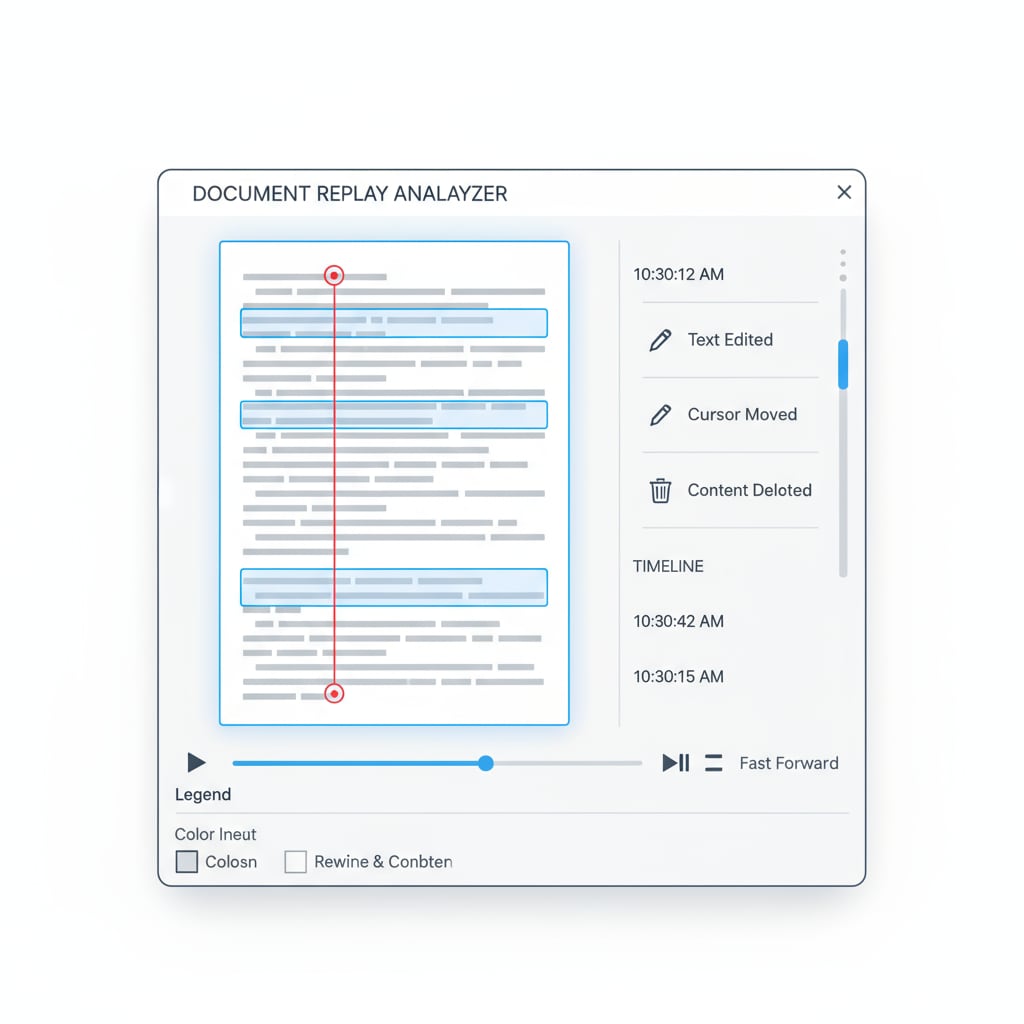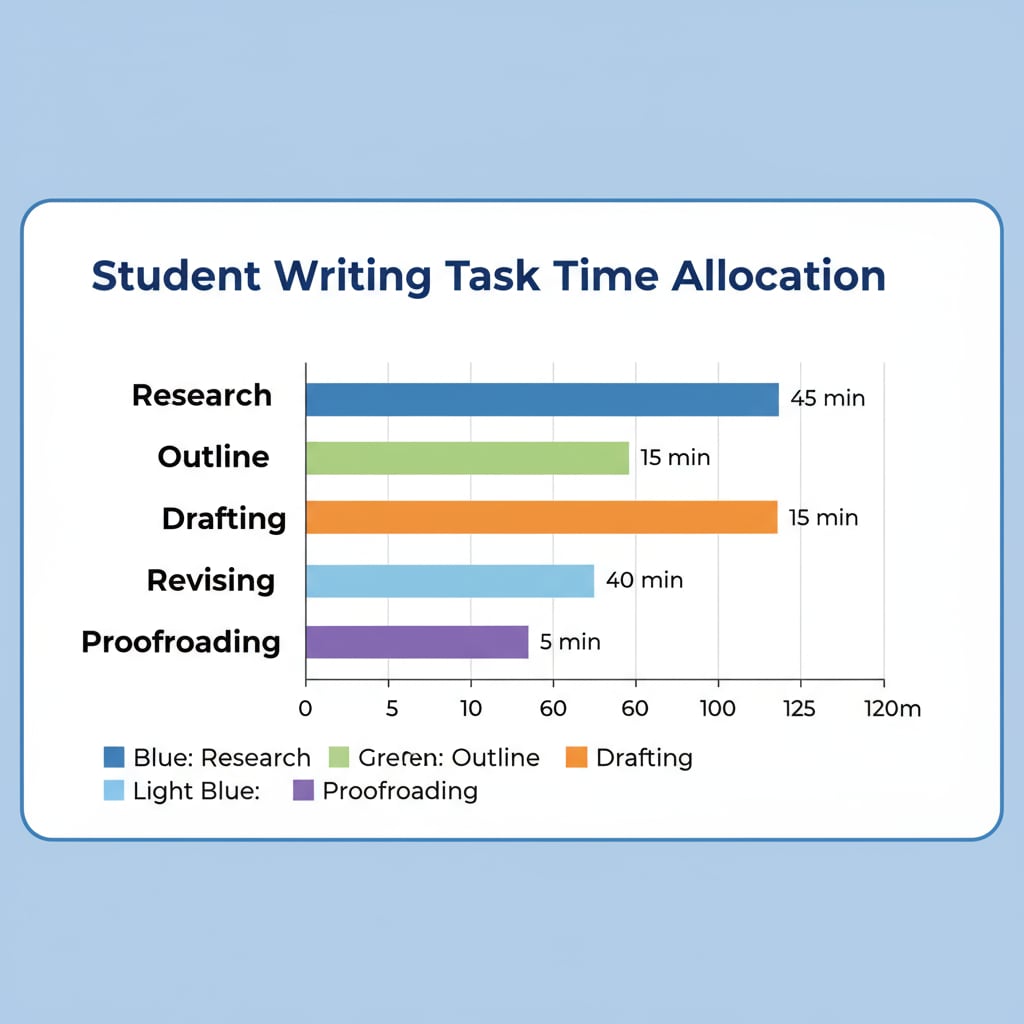Plagiarism detection, student behavior observation, and instructional support are crucial aspects of modern education. In the digital age, educators have a powerful tool at their disposal – the document replay function. This feature has transformed the way teachers assess student work, moving far beyond its initial use as a simple plagiarism detector.

Beyond Plagiarism Detection
Traditionally, plagiarism detection tools were mainly used to identify if a student had copied content from other sources. However, the document replay function offers a deeper understanding of the writing process. For example, it can show when a student started writing, how many pauses they took, and in what order they added different sections to the document. This kind of detailed insight into student behavior allows educators to see beyond the final product and understand the journey of learning.
Educational Technology on Wikipedia
Observing Student Behavior
By using the document replay function, educators can closely observe student behavior during the writing process. They can notice if a student struggles with getting started, frequently deletes and rewrites paragraphs, or seems to be stuck at a particular point. These observations are invaluable for identifying learning difficulties. For instance, if a student spends an inordinate amount of time on one sentence, it could indicate a problem with grammar or forming ideas.

Once educators have a clear understanding of student behavior, they can provide more targeted instructional support. Instead of a one-size-fits-all approach, teachers can tailor their feedback based on the specific challenges each student faces. If a student is having trouble organizing their thoughts, the teacher can offer strategies for creating an outline. This personalized support can significantly enhance the learning experience.
Educational Psychology on Britannica
Readability guidance: The use of short paragraphs and lists helps summarize key points. Each H2 section has a list-like structure for better clarity. The proportion of passive voice and long sentences is controlled, and transition words like ‘however’, ‘for example’, and ‘once’ are used throughout the text.


